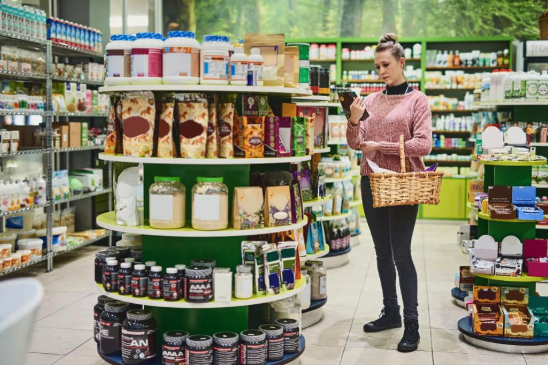What It Takes To Establish A Brand As The ‘Next Big Thing’ – Forbes

|
Getting your Trinity Audio player ready...
|
SOURCE: Keith Bendes | Forbes
In the age of struggling consumer goods, a surprising number of small brands have found success in building a passionate and loyal audience. In the last decade alone, we have seen Dollar Shave Club sell to Unilever for a billion dollars, RXBar sell to Kellogg for $600 million and countless other brands challenging incumbents. Being in the right place at the right time is certainly part of the reason for these brands’ successes, but there is also a formula to their path to disruption.
Just take a look at what I’m going to call the “Method mafia,” which includes the founders and investors of Method. What they have been able to achieve is astounding as a group. Not only did they disrupt a billion-dollar industry when it was often doubted that consumers would pay several times the price of Dial for soapy water, they have also gone on to disrupt the personal care, oral care, lip care and vitamin industries with expansion into new verticals. An investor in Method, Craig Dubitsky’s ventures include eos and Hello Products. And of course, Eric Ryan’s post-Method venture is Olly.
How can we possibly explain their repeated success? They certainly couldn’t have been in the right place at the right time in that many separate occasions. I believe that there are certain elements in the formula for this type of brand success. Based on my time at Unilever and Float’s work with some of the most influential consumer packaged goods (CPG) companies in the industry, here are those keys to success.
Identify a billion-dollar industry that is stale.
There have been a lot of new brands looking to disrupt stale industries, which makes for crowded market maps, but there are still a surprising number of categories whose shelves look very similar to decades prior. Finding the right category to disrupt is step No. 1.
Be obsessed with design.
In my opinion, there is one thing brands like Method, Hello Products and Olly have in common above all else, and that is an obsession with great design. People often look for beautiful things that they can proudly display in their homes, and all three brands applied that logic to categories that historically didn’t prioritize visual design.
When designing products, make sure the design represents the brand message you want to convey. Prioritize investing in design and branding before a launch, test different designs with your target audience leveraging social and sampling, and don’t sacrifice design to cut costs.
Tell a great story.
Having a brand story that resonates with consumers is critical. The key to any successful brand story is authenticity. Consumers can often recognize when you are being disingenuous, so your story has to truly represent your brand’s values.
A major strategy brands that I’ve mentioned have employed is a sophisticated use of colors on their packaging to define each product as well as the total brand story. Your consumers should know your brand’s purpose just by looking at the package — in both online and offline channels.
Be socially conscious.
I had the honor of working at Unilever while Paul Polman was at the helm, who I credit for leading corporate America into an age of social responsibility because he was doing it when “corporate social responsibility” (CSR) wasn’t even a term the industry used. Now, it’s a critical piece of the puzzle for any brand that wants to be successful.
Is your packaging environmentally friendly? Do you donate a percentage of profits to a cause that supports your overarching mission statement? Consumers value these things and will direct their wallets to brands that put their money where their mouth is.
Build a direct audience.
Brands historically paid significant amounts of money to reach their target audience, and they often did so with third parties that owned the all-important consumer data that allowed them to reach their audiences.
Employing a direct-to-consumer model is certainly an optimal way to build direct relationships and a valuable first-party database, but brands that sell through third parties can also do this through how they communicate with consumers and foster communities around their message. Unless you want to continuously pay to reach your audience, you must build those direct relationships.
Invest in supply chain innovation.
It’s often not the sexiest of the categories of spend, but I believe advancements in supply chain management will have the greatest influence on CPG profitability in the coming years. How you package your products especially for online delivery, how you solve the last mile and how you encourage subscription with the inherent functionality of the product are all critical in building a successful brand in a digital era.
When a brand has mastered each of these five elements, they are poised for success. After that, it’s up to leadership to build a great team that will continue making the brand something consumers are proud to own. Once consumers become brand advocates, the rest gets a whole lot easier.
The CPG market is evolving, and the winners are proving that success is not about size; it’s about a willingness to understand the shoppers of today and deliver on the factors that are most important to them. I expect even more merger and acquisition activity in the coming years, and the brands that follow these keys to success have a great chance of coming out on top.


